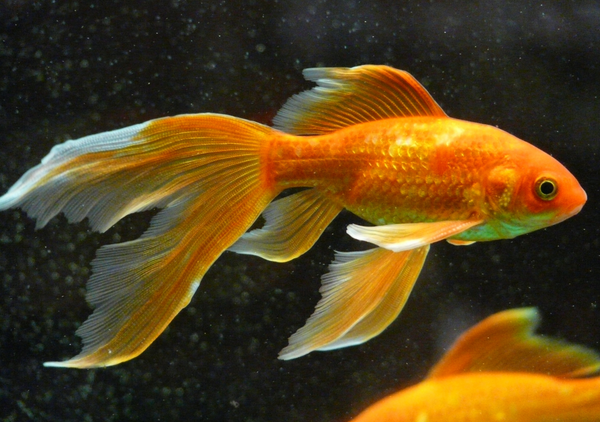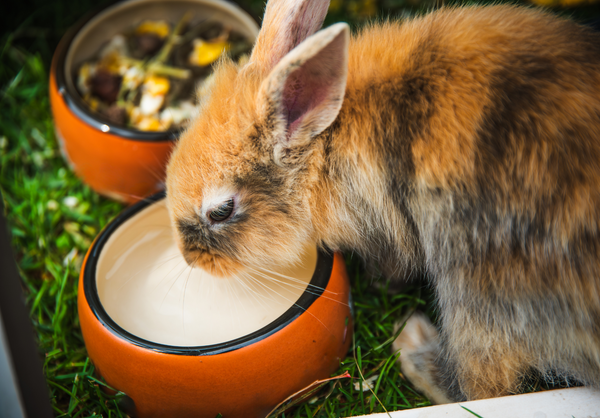Turtles are either loved or hated in the pet care industry. The hate is usually based on their increased risk of carrying salmonella, their messy nature, or their large demands for adequate space. Love for turtles is often based on the relative ease of care for a lot of commonly available species, shell patterning, or their curious nature. At the end of the day, we feel that turtles can make great pets, but you will want to do plenty of species-specific research as they have greatly varying care requirements. This will help you know if they are the right pet for you, and we’re hoping this article will expand on that knowledge and decision-making process.
When it comes to housing your turtle, in most situations, you’re going to be looking at a tank size of a minimum of 75 gallons. 120 gallons+ is highly preferred for most species as they are active and messy creatures. Smaller species of turtles that require only 30-gallon tanks do exist, but they are highly sought after and can be quite the challenge to get your hands on! In addition, there are a few species of mainly terrestrial turtles, such as box turtles, but even for them you will be looking at a 40-gallon tank for housing!
Heavily related to housing, especially for aquatic turtles, is filtration. When it comes to filtration for a turtle tank, the larger the filter the better. Turtles are heavy eaters, and with that comes lots of wasted food and lots of waste from the turtles themselves. The larger the filtration unit, the better your water clarity and quality. While water quality is not a big issue for turtles as they don’t have gills and breathe normal air as we do, water quality can be a big issue for us from the standpoint of looks and odour. When filtering your turtle’s tank, canister filters are by far one of the best options. It is recommended to use a filter rated for a least double the size of your tank or run two filters alongside each other. If you run a single filter, a filter suited for the size of the tank and no more, or a filter heavily underrated for the tank, you can expect to do water changes far more than once a week. Another consideration with filtration is how often you are able to clean it; the larger the filter, the less frequently you will need to maintain it.
Besides required housing space and filtration needs, what other large factors are there to look at? The other biggest factor to consider for turtles is lighting. Turtles need a platform to get out of the water and bask in the “sun” to allow their shell to dry and remain healthy, so you will need a well-powered heat lamp mounted above a basking area. In many cases, it is easiest to hang the light from the ceiling for this application; you can always use terrarium light hangers that attach to the side of the tank, but they can be tough to get the right positioning above a basking platform. The other lighting a turtle needs is super important: UVB lighting. Turtles are fast growers and UVB helps them produce vitamin D to allow proper calcium absorption. Without adequate exposure to UVB or heat, you can quickly run into issues of shell rot, metabolic bone disease, and pyramiding (to name a few).
If you’re willing to put the extra consideration and budget towards lighting, a tank as large as you can get, and a large filtration capacity, then a turtle can end up being low maintenance and a highly rewarding animal to keep. And while that’s not to say you can’t keep or enjoy keeping a turtle if you are only able to get the bare minimum it requires, you will want to keep in mind the increased work you will have to put in to maintain a clean tank and a healthy turtle. Unfortunately, the extra maintenance tends to turn most people away from owning a turtle in the long term with many ending up being released into the wild as invasive species, or ending up at animal rescues and needing a suitable home.
We hope this article helps you decide whether a turtle is the right fit for you and your home. For the right person, they can be phenomenal pets or even companion animals!




